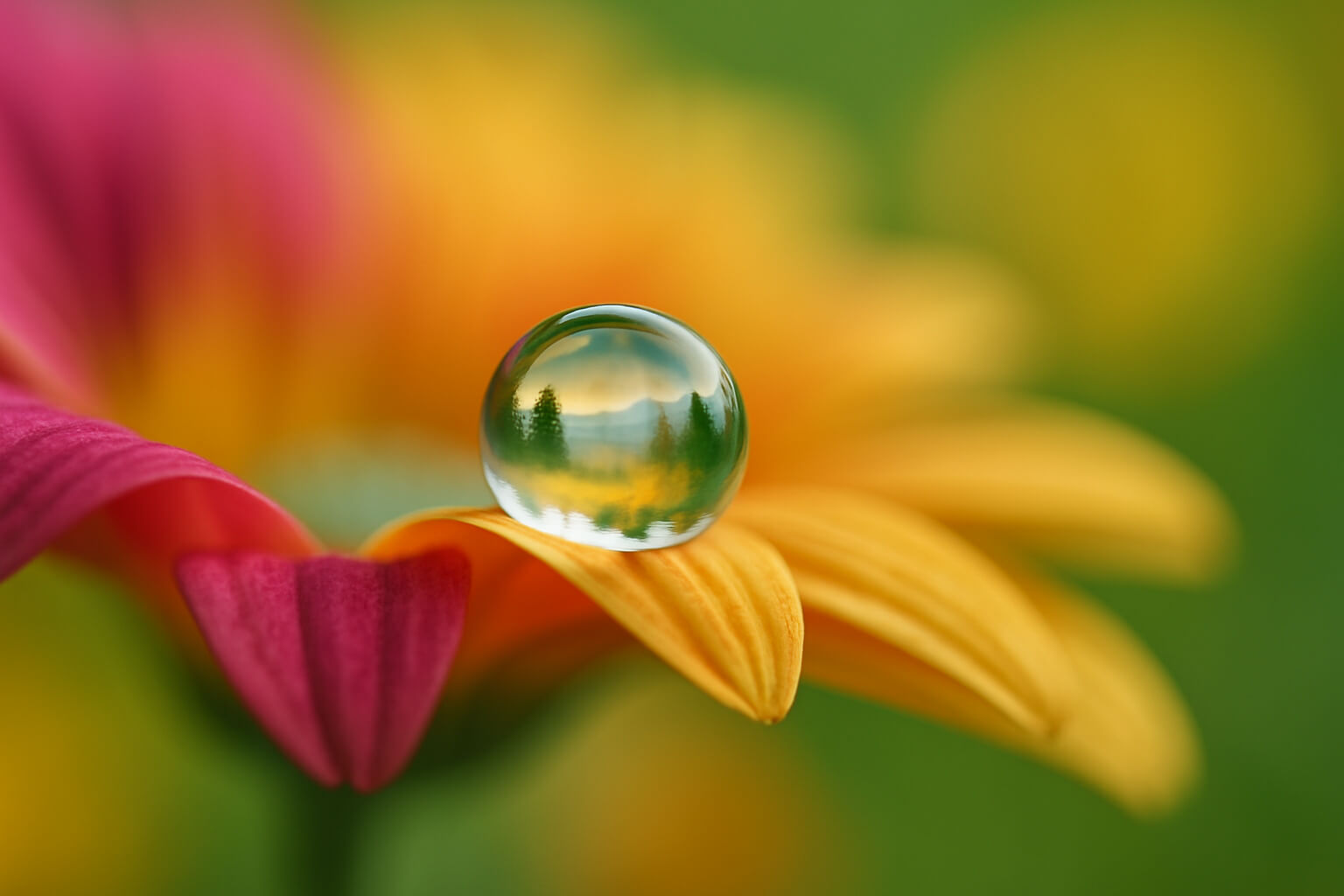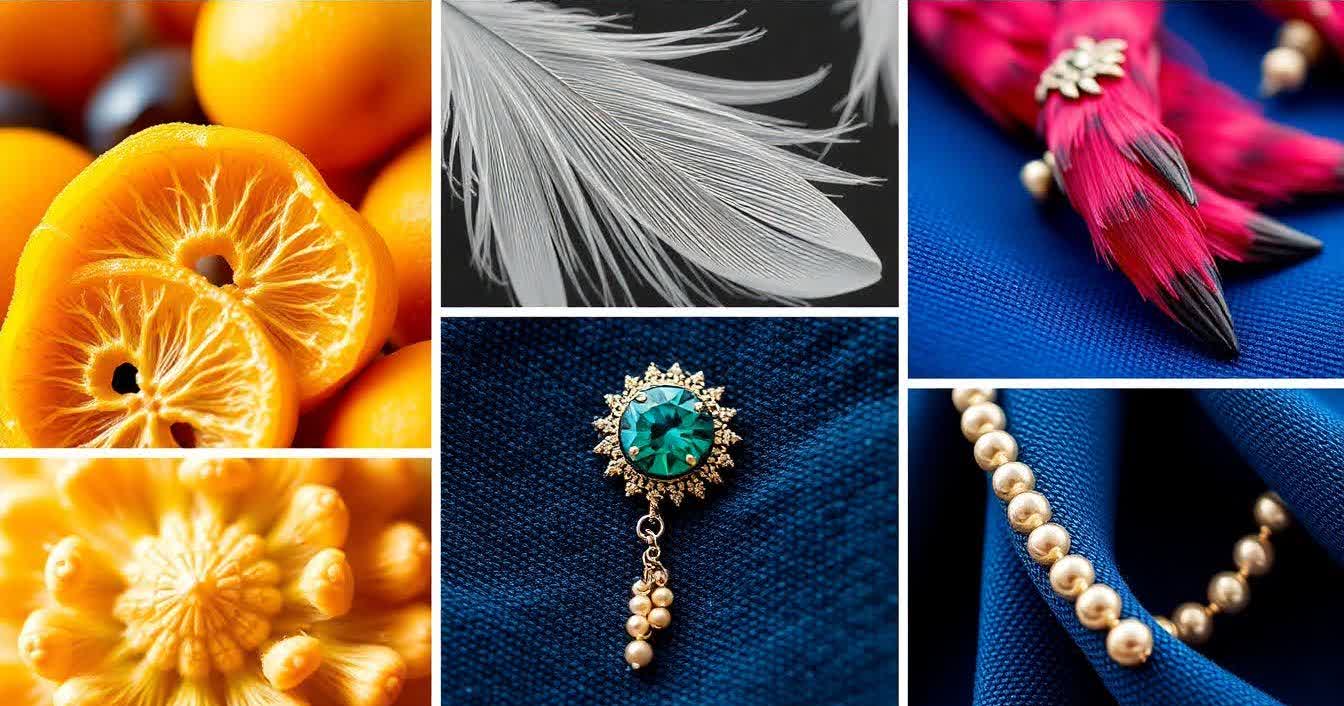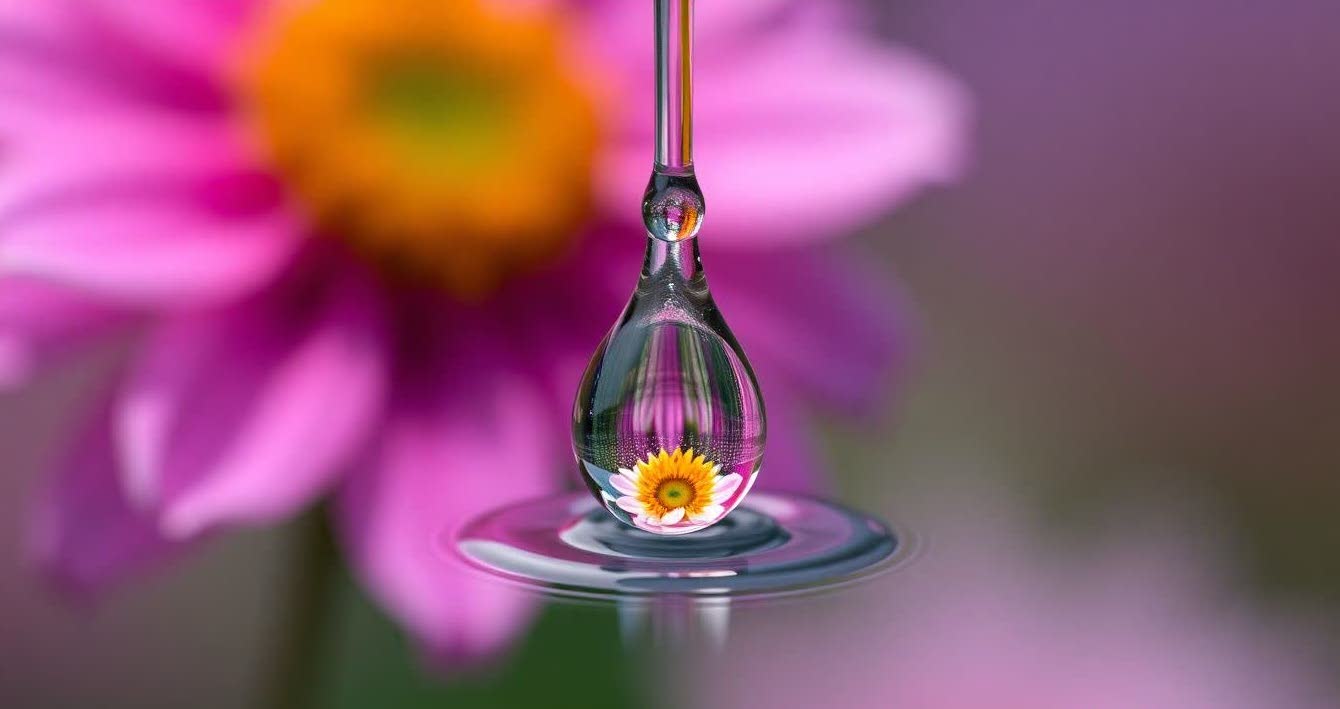Macro Photography Ideas: A Beginner’s Guide to Capturing Tiny Wonders

Macro photography is like stepping into a hidden world invisible to the naked eye. It's the art of photographing subjects at extreme close-up—usually at a 1:1 magnification ratio. This means your tiny subject appears life-size (or larger) on your camera’s sensor, revealing intricate details often missed by the human eye. Imagine capturing the dewdrop on a leaf, the delicate veins of a flower petal, or the complex structure of an insect’s wings. The scale and detail are breathtaking, offering a deeper appreciation for the beauty of everyday life.
But macro photography isn’t just about magnification. It’s about immersion—appreciating textures, colors, and patterns hidden in plain sight. Whether you're photographing a weathered piece of wood or a sugar crystal, each tiny subject tells a compelling story when viewed up close.
Common Subjects for Macro Photography
Macro photography transforms ordinary subjects into captivating masterpieces. Here's a glimpse into the tiny worlds you can explore:
- Insects (bees, butterflies, ants) – From the stained-glass wings of a butterfly to the pollen-laced fuzz of a bee, insects are rich with texture and symmetry.
- Flowers and leaves – Zoom in on a single petal to discover fine ridges, tiny hairs, and vibrant colors. The veins of a leaf often look like miniature roadmaps.
- Water droplets – Water drops act like tiny lenses, refracting their surroundings. They offer endless creative potential, from glowing backlit shots to delicate reflections.
- Textures (wood, fabric, metal) – Everyday surfaces become abstract wonders. Think: the grain of wood, fabric weaves, or the brushed surface of aged metal.
- Food items (fruit skin, spices) – Capture the pores of citrus, the glistening of sugar crystals, or the rich patterns in spices like cumin or cinnamon.
- Everyday objects (coins, jewelry, tools) – Items like rings, screws, or watch gears become fascinating subjects full of detail, geometry, and surprise.
📖 Reference: 7 Must-Know Tips to Master Creative Product Photography – For ideas on photographing everyday items and textures creatively.

Essential Gear for Getting Started
You don’t have to own the most expensive gear to start, but the right tools can elevate your results:
- Macro Lens – Designed for 1:1 magnification and close focusing, these lenses are the gold standard for true macro work.
- Tripod – A must for sharpness. Macro photography often uses slower shutter speeds, so stability is key.
- Ring Light or Flash – Tiny subjects need precise lighting. A ring light provides even illumination, while a flash adds drama and dimension.
- Remote Shutter Release – Eliminates camera shake, especially when paired with a tripod.
📖 Reference: Best Cameras for Product Photography in 2024 – While aimed at products, many camera recommendations apply to macro photography setups.
How to Shoot Water Droplet Macro Photography
Water droplets are a popular and rewarding macro subject. Here’s how to create stunning shots:
Setup
- Macro lens or close-up filter – Essential for clarity.
- Reflective surface – Petals, glass plates, or shiny leaves work beautifully.
- Spray bottle – Use it to create even droplets manually.
- Lighting – Backlighting enhances the droplet's glow; side lighting brings out texture.
Settings
- Aperture: f/5.6–f/11 for depth of field.
- Shutter Speed: 1/100 or faster to avoid motion blur.
- ISO: 100–400 to reduce noise and maintain fine detail.
Tips
- Add glycerin to water for longer-lasting droplets.
- Use colorful backgrounds to enhance reflections.
- Change angles to experiment with light and mood.
📖 Reference: How to Shoot Stunning Product Photography with Just Natural Light – A great guide on leveraging light, which also applies to macro droplets.

Creative Macro Photography Ideas
- Textures Around the House – Paper, wood, old sweaters, or a rusty hinge.
- Garden Life – Zoom in on insects, pollen grains, or spider webs.
- Jewelry Details – Capture facets, metal textures, and reflections.
- Food Macro – The gloss on a berry or the roughness of sea salt.
- Bubble Art – Floating or bursting soap bubbles with rainbow swirls.
- Feathers and Fur – Perfect for pets or birdwatching.
- Tech Close-Ups – Cables, circuit boards, or mechanical components.
📖 Reference: Creative Product Photography Ideas That Convert – Use these ideas as a foundation for exploring everyday macro subjects creatively.
Pro Tips for Better Macro Shots
- Use manual focus – For precision, especially when dealing with shallow depth of field.
- Adjust angles – Light and reflections change dramatically at different angles.
- Shoot in RAW – Preserve details and correct exposure without losing quality.
📖 Reference: How to Edit Product Photos Like a Pro – Mastering editing will help bring out the finest details in your macro work.

Monetize Your Macro Photography
Macro photography isn’t just fun—it can be profitable:
- Sell on stock sites – Sites like Shutterstock or Adobe Stock love detailed macro work.
- Offer prints – Nature textures and droplets make for great wall art.
- License your images – Through stock sites or your personal portfolio.
- Start a side business – Product photography, workshops, or social content creation.
📖 Reference: How to Start a Product Photography Business – While focused on product photography, the same business foundations apply to macro photography.
Final Thoughts
Macro photography opens your eyes to an invisible world. It’s a blend of science, art, and patience—requiring you to slow down and notice the minute details of life. With the right gear, a bit of creativity, and curiosity, you can turn the tiniest details into powerful, awe-inspiring images. So grab your camera, look closely, and get ready to uncover the magic hiding in plain sight.



